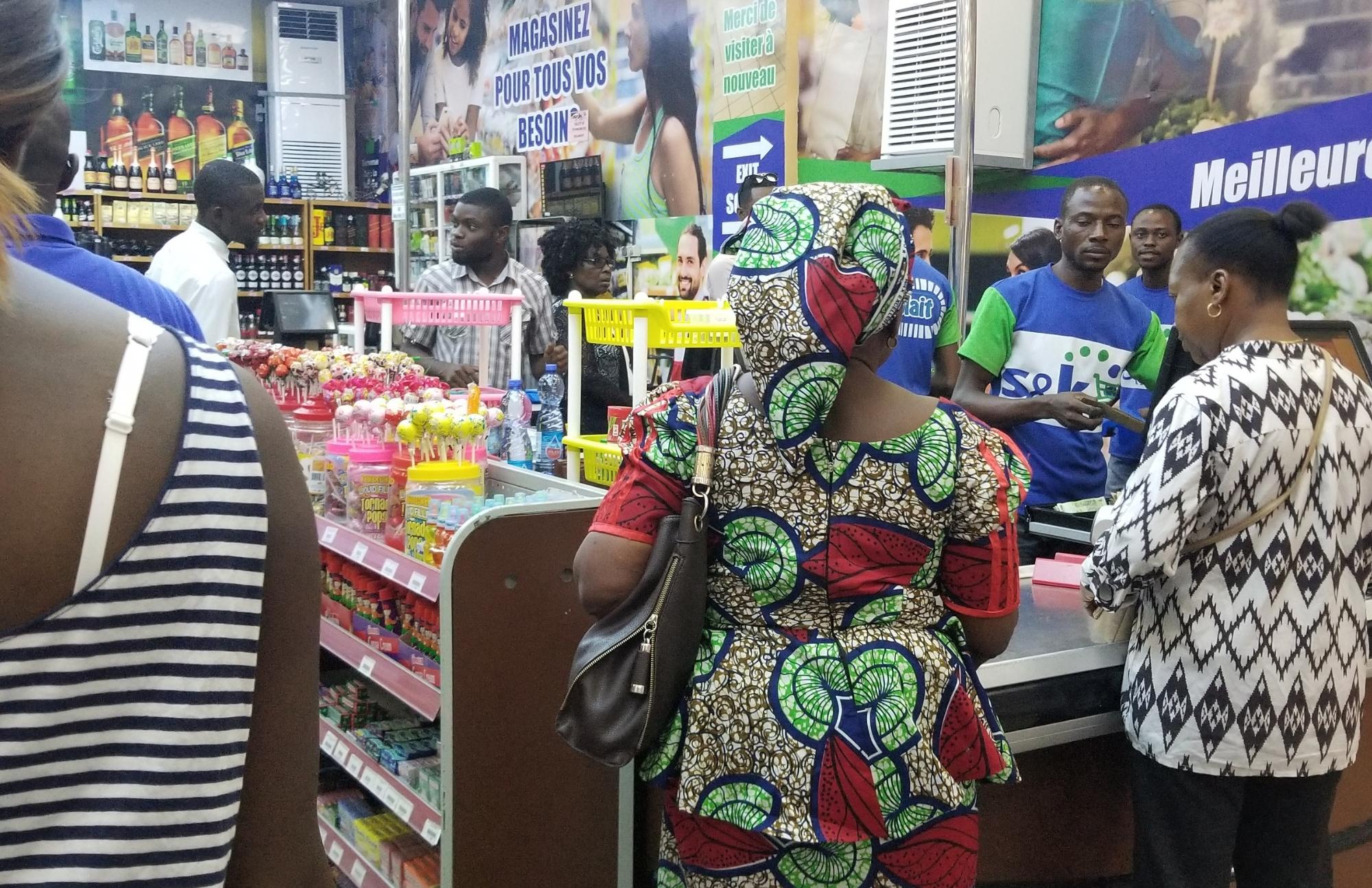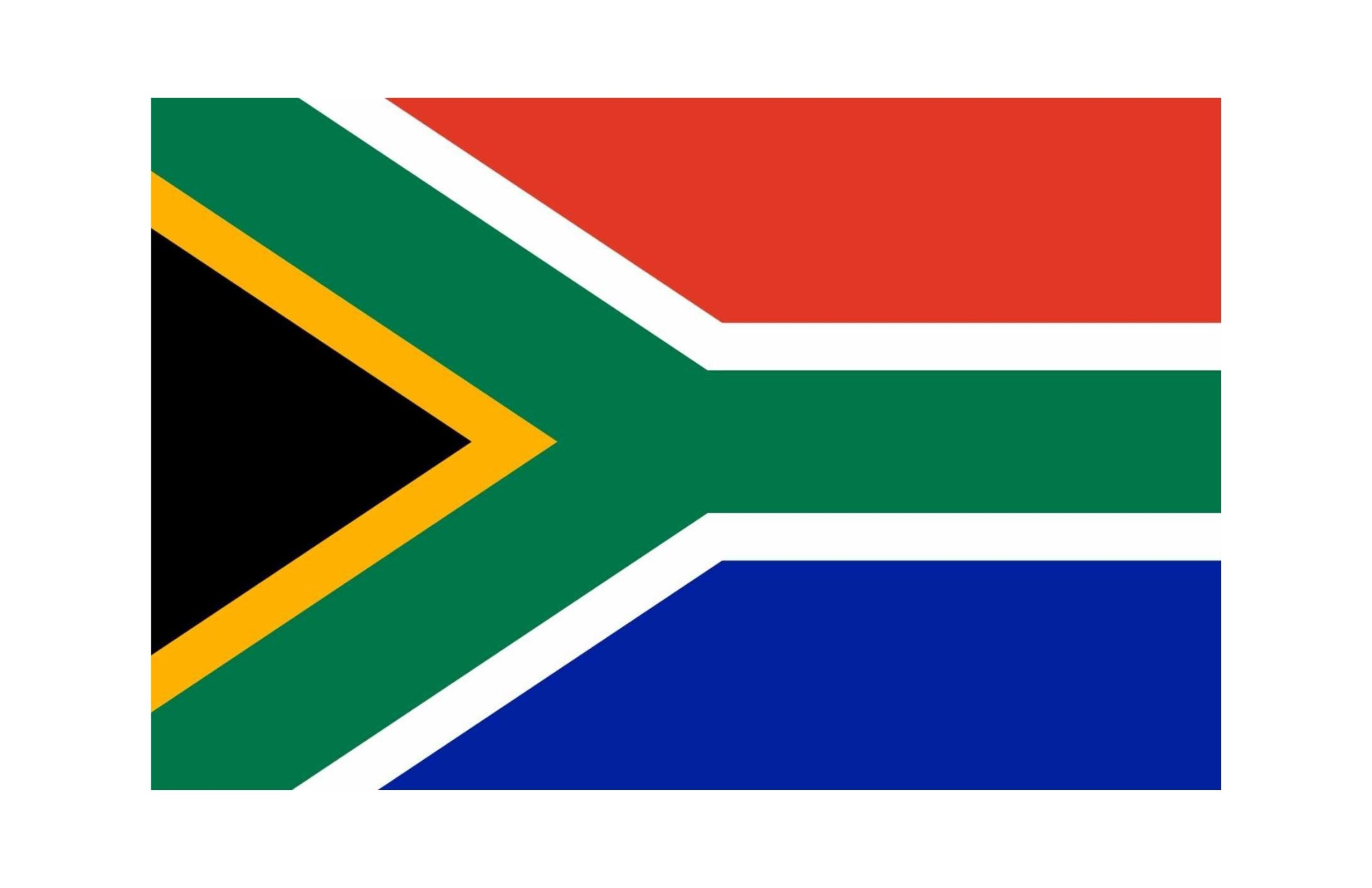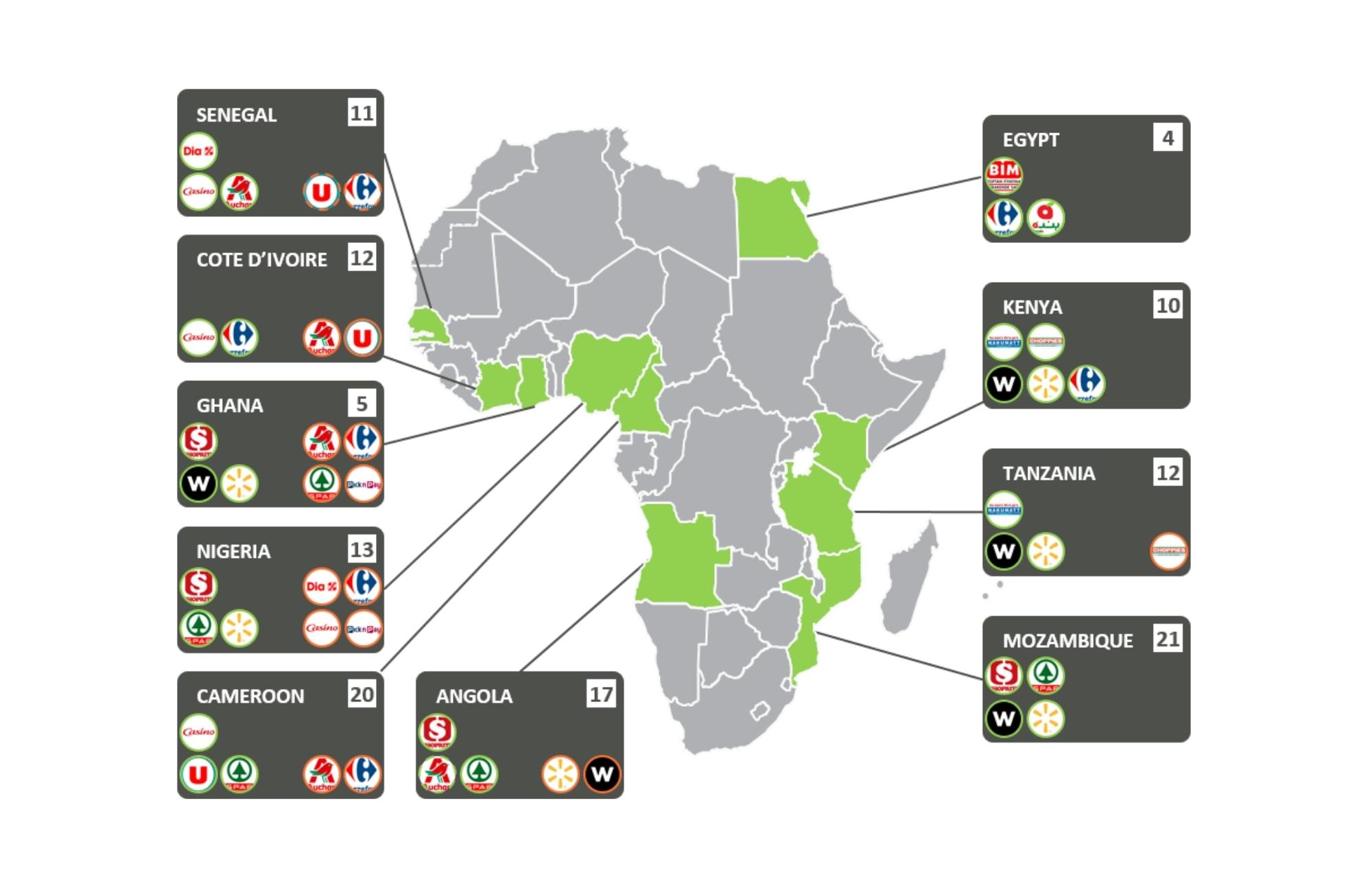Retailers are abandoning the New Zimbabwe Dollar
Over the course of June 2023, a growing number of Zimbabwean retailers started to price selected items in US$ only. Others maintained prices in local currency, but sharply increased those prices as they started to use the parallel market exchange rate for currency conversions rather than the official one. The changes move occurred in a context of rapid inflation, as the value of the New Zimbabwe Dollar to the US Dollar has been free falling.
Zimbabwe’s monetary system
Following years of hyperinflation, Zimbabwean authorities demonetarized the old Zimbabwe Dollar in 2009 and adopted a multi-currency system. Zimbabwe had no official currency of its own and relied of foreign currencies (essentially the US$) for all transactions. From February to June 2019, the country experimented with a virtual currency known as the RTGS Dollar, without success. On the 24th of June 2019, the New Zimbabwe Dollar (ZWL) officially became the country’s only official currency.
However, in March 2020, the use of foreign currencies was legalized again. The official exchange rate between the ZWL and the USD is managed by Zimbabwe’s Reserve Bank, which settles the official exchange rate through a system of regular “auctions” to buy dollars. The exact rules of that system have not been communicated to the public, as the government’s official Exchange Control Handbook is only accessible to banking institutions. Importers must obtain the Reserve Bank’s approval for transfers of funds out of the country.
The system has made it extremely challenging to access fx for businesses and led to the development of a thriving parallel market for fx.
The return of hyperinflation
The impact of the 2022 Ukraine invasion on global commodity prices had already led to rapid inflation in 2022. At the start of 2022, one US$ was worth ZWL109, by the Reserve Bank’s rate. By early January 2023, the official rate was now one US$ for ZWL671 (+515%), while the parallel rate was slightly over ZWL1,000 (+49% compared with the official rate).
The ZWL has kept depreciating through 2023. The threshold of one USD$ for ZWL1,000 was reached in early May (the parallel rate was almost twice that at the time). In late June, the ZWL reached its lowest point with one US$ worth ZWL6,860 (+922% since the start of the year), with a parallel rate close to ZWL8,100 (+18%).
The impact of inflation
The main consequence of that rapid inflation has been the “dollarization” of Zimbabwe’s economy, with the US Dollar becoming once again the currency of choice for all those who can access it. As the ZWL value keeps plunging, importers and retailers are clinging to their US$ supply, or at least passing on the real cost of imports to their customers.
Supermarket chain OK Zimbabwe Limited has thus adopted a strategy of harnessing as much fx as possible by pricing specific imported goods in US$ only. Others, such as TM Pick n Pay Zimbabwe, have kept pricing goods in ZWL but the retail prices have been converted using the parallel market rate actually paid to import them, rather than the official, lower one from the Reserve Bank.
Smaller informal (traditional) traders have fared much better than operators from the formal (modern) sector such as supermarket chains. Their very low overheads allow them to keep lower prices compared with supermarkets. It has made them the most attractive option for Zimbabwean consumers whose buying power has been collapsing. Effects include more nighttime shopping, because it’s easier for informal retailers to hustle in the dark and offer better prices.
The dollarization of the economy
As of early July, the official exchange rate is one US$ for ZWL5,890 while the parallel rate hovers around ZWL7,650 (+30%). While it represents a small improvement compared to the peak of late June, there is no guarantee it will last.Zimbabwe will hold a general election in late August 2023, and it is unlikely any unpopular measure will be adopted before that. Even after that, there is currently no clear path toward recovery.
In July 2022, the Reserve Bank started issuing gold coins. While they represent a safe investment for the country’s elites, the measure had little impact everyday Zimbabweans. The introduction of gold-backed digital tokens in May 2023 had no impact.
Zimbabwe could well be at the beginning of new hyperinflation crisis that would only end with the adoption of a new currency. Just like during the 2000s hyperinflation crisis, the US$ is likely to play an increasing role in the Zimbabwean economy as a stable store of value, while the official currency becomes a liability to avoid or exchange as rapidly as possible.
For supermarkets, big manufacturers and major importers, being forced to use the official currency will mean losses. Already, the government has sent inspectors into stores to try and stop shops pricing in dollars and it has accused supermarket chains of price gouging.
Supermarkets will have either to operate exclusively in US$, or at the very least align their prices with the real exchange rate used. The situation would put them at risk of a government intervention to curb the use of dollars. On the other hand, small informal operators are both able to cut costs and, if needed, dodge government interventions.
Meanwhile, for Zimbabwean consumers, relying on a depreciating ZWL mean a collapse of their buying power. Those who can will abandon the ZWL in favor of the US$, and those who can’t will be priced out.
So all bad news then?
There is little to no good news for major retailers, who continue to battle against the odds, dodge the government’s attempts to enforce the unenforceable and cope with a decline in spending power.
For manufacturers, accessing dollars is an issue but it is notable that major players like Varun Beverages (Pepsi’s bottlng partner) and Zimbabwean conglomerate Innscor continue to invest. Varun Beverages is talking about another $100m investment. In the past three yers, Innscor has spent $109m on expansion projects in Zimbabwe, including building new stockfeed mills and a state-of-the-art bakery in Bulawayo. Both companies are working hard towards backwards integration that reduces their reliance on imported inputs. The real losers are imported brands and their importers.










